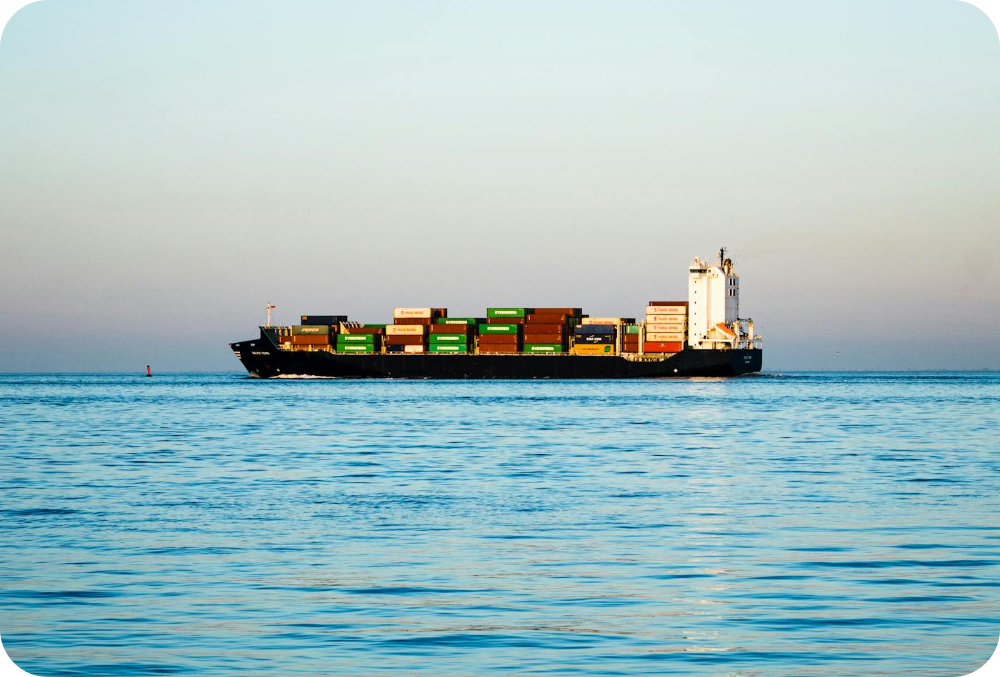Nobody hopes for the worst outcome when it comes to risk. Smart people prepare for it, nonetheless.
Risks and vulnerabilities within global supply chains have been forced into the spotlight due to the challenges we’ve all witnessed over the last few years. Many found their unpreparedness exposed the hard way, as recent tariff disorder and COVID-19 sparked delays and price fluctuations throughout supply chains.
Risks, disasters, and disruptions are an unavoidable aspect of any supply chain – but the scale and magnitude of disruption as experienced this year and prior was as-yet unforeseen, and devastated many businesses who failed to identify the risks and fortify their supply chains accordingly.
“Only 15 percent of the companies on the Fortune 500 list 50 years ago are still there today.”
- McKinsey, 2025.
The lessons of the last five years are clear; risk management and mitigation should be of utmost priority to any business looking to succeed in an increasingly unstable and disruptive world. But it goes beyond merely preparing for the worst-case scenario.
The real question is: how well do you know your suppliers?
Do they align with your requirements, your mission statement, your ESG standards? Are they regularly monitored for risk, and is your time managing them properly accounted for?
There is a growing requirement across multiple industries for supply chains which can demonstrate in quantitative terms that they have taken care of supplier due diligence effectively. It’s no surprise, seeing as supply chains which undergo these checks are often more cost-effective and place the business into a stronger position with stakeholders and investors when looking to expand and grow.
There has, simultaneously, been an uptick in advances in the technologies we can use to help us complete this due diligence. It’s no longer a case of emailing out RFIs in static documents, initiating a frustrating back-and-forth which can last weeks and suck up valuable time. We’ve moved beyond manually scanning through batches of certificates and accreditations, checking individually for discrepancies and non-compliance.
There is no reason to be wasting time, and risking inaccuracy through human error, completing tasks such as these by hand in 2025. It may not seem like a pressing need – particularly if that’s the way you’ve always done things. But these risks will become harder to manage, and their consequences far more threatening, the longer you wait to implement the changes which leading organisations have.
“Just as a single bump in the road may not cause a loose tire to fall off but a longer rough stretch does, so an individual event may be manageable but a series of them can become an existential threat.”
– McKinsey, 2025.
This means embracing digital tools across the full spectrum of the organisation. It means prioritising clean data and effective process which you can rely on. It means proactively managing risks before they have the opportunity to become problems.
Accepting the advantages of technology will have immediate and substantial benefits to your business, including by removing some of the worries of risk management through ensuring that data is collected as accurately as possible. As well as this, automation ensures that this process is done automatically, as often as is necessary to maintain up-to-date records that are audit-friendly and fully reportable.
Artificial intelligence can take this a step further; for example, specific to ARCUS®, you can use AI to interact with supplier data held within the system in some remarkable ways. Access concise summaries of key supplier details through AI-generated supplier synopses. Check in with an AI assistant to ask questions, receive guidance, and for assistance with risk management tasks – all while leveraging secure, accurate supplier data available within the platform.
Purely reactive risk management will not be enough to save the majority of businesses from the disruption of persistent global uncertainties. Proactive steps taken to sustain and immunise global supply chains is the most effective way of ensuring any kind of longevity as hard and changeable times appear set to continue.
Understanding which suppliers are most at risk, and the steps you can take to support them and encourage them to implement their own strengthening procedures, is the most important step of utilising supplier data to fortify your supply base. In order to simplify this process, you should consider automation.
Embracing technology is the easiest and most reliable way of ensuring long-term stability and actually increasing the effectiveness of your processes. It will make the difference between hours of labour-intensive, detail-oriented data entry and having the confidence in knowing your database is securely updated and shows a comprehensive oversight of your entire supply base. It can also mean the difference between encouraging collaboration across departments and opening up the business to a more positive, holistic outlook, versus struggling to share information and losing accuracy to manual data siloes.
"A holistic approach to risk management can be adopted, integrating advanced models with traditional strategies to ensure a comprehensive risk management framework.”
- World Journal of Advanced Research and Reviews, 2024

